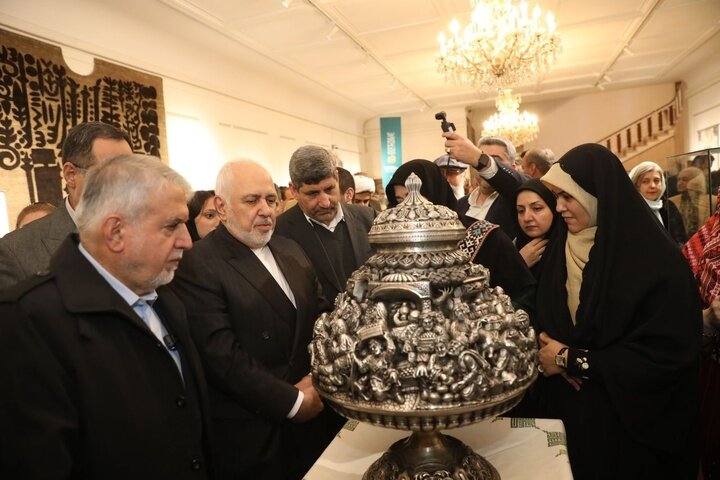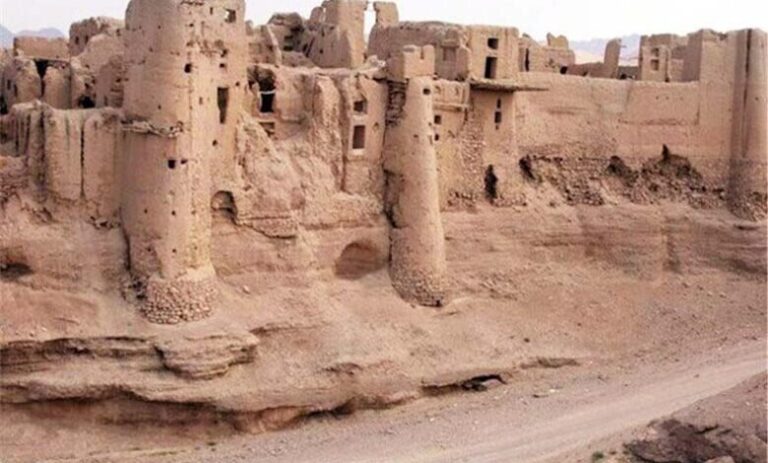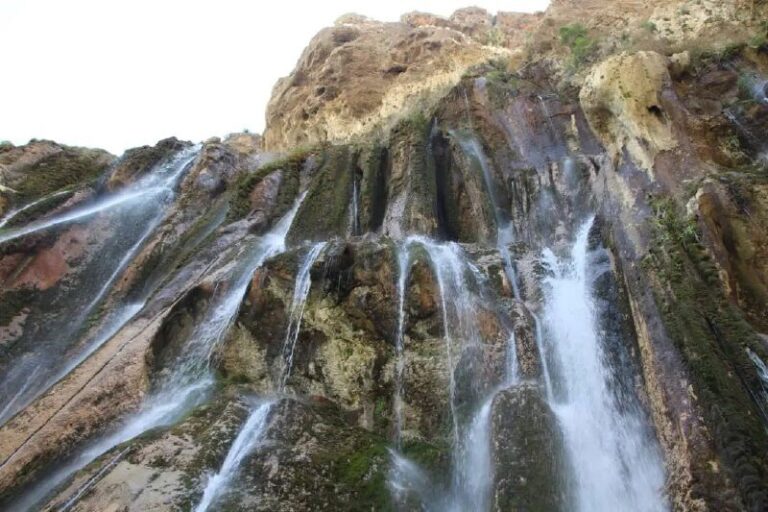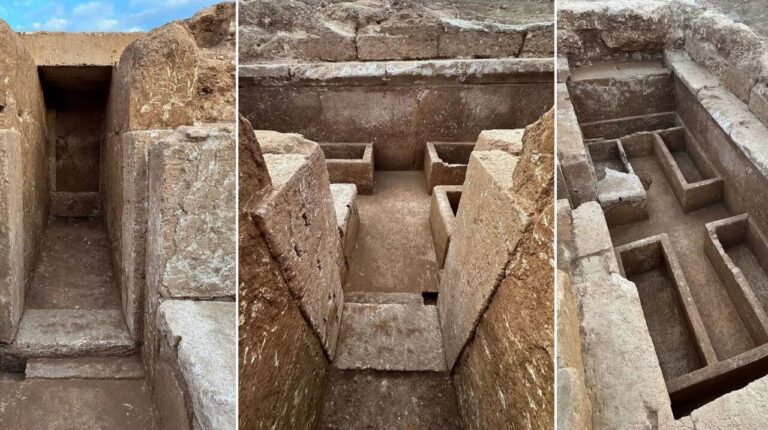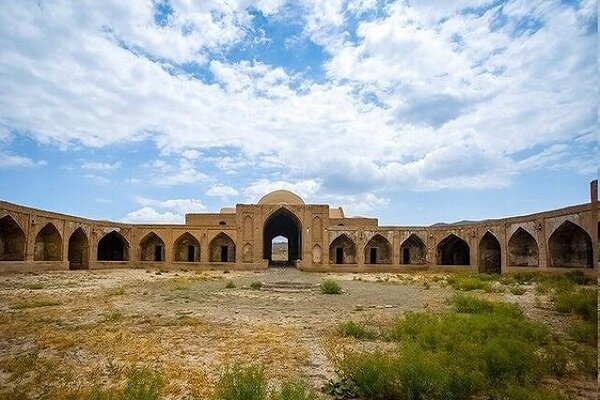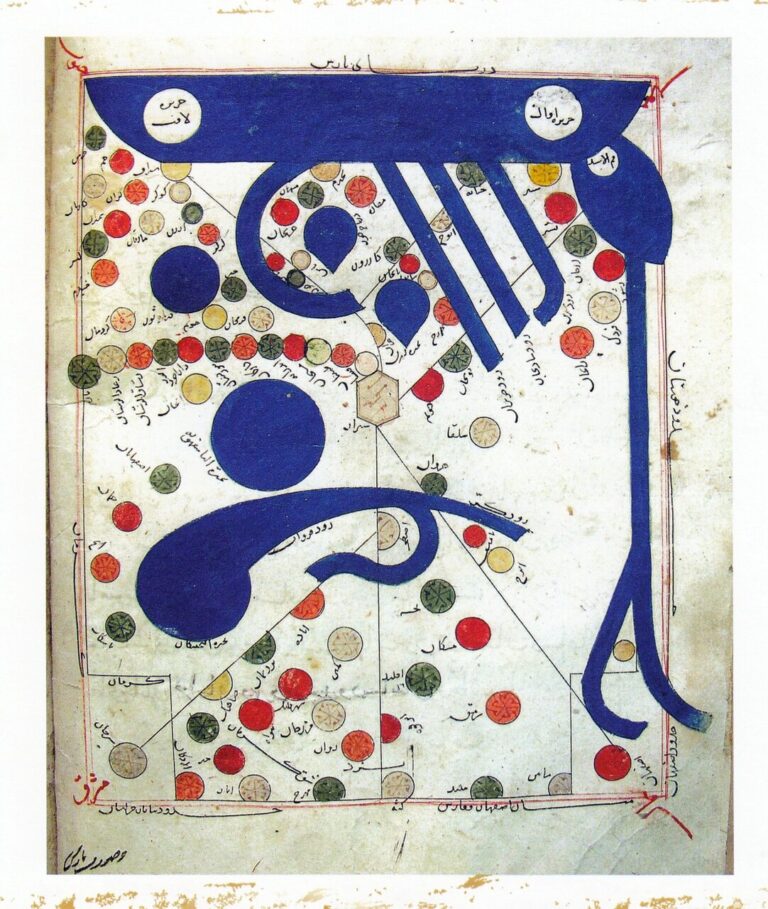Tehran Unveils ‘Sarv-e Simin’ Handicrafts Festival: A Celebration of Art and Culture
The 9th International Fajr Handicrafts Festival, also known as Sarv-e Simin, has officially commenced in Tehran, showcasing the vibrant world of Iranian handicrafts. This prestigious event, which attracts both local and international attention, is a testament to the rich cultural heritage and creativity inherent in Iranian art forms.
During the opening ceremony held on Thursday, prominent figures such as Mohammad Javad Zarif, Iran’s Vice President for Strategic Affairs, and Reza Salehi-Amiri, the Minister of Cultural Heritage, Tourism, and Handicrafts, delivered inspiring speeches highlighting the significance of this festival.
Minister Salehi-Amiri underscored the need to redefine the image of Iranian handicrafts, stating, “The tremendous turnout at this festival reflects the deep appreciation people have for our handicrafts. This event provides an opportunity to reveal the true worth of this art form, moving away from outdated perceptions and presenting a modern, dignified view.” He praised the quality of the exhibits, noting the involvement of both local and international judges. “We’ve seen outstanding, innovative pieces across all categories, underscoring the great potential within this sector,” he added.
Salehi-Amiri also emphasized Iran’s prominent position in the global handicraft market, highlighting that out of 400 recognized craft disciplines worldwide, an impressive 299 are practiced in Iran. This statistic solidifies the country’s reputation as a leader in the handicrafts sector.
He further mentioned that expanding handicraft exports is a top priority for the ministry, with ongoing discussions with the President and other government bodies to support this objective. With approximately 570,000 people employed in 34,000 handicraft workshops across the nation, Iran boasts vast capacity for both production and export.
“Handicrafts are not just an art form but a reflection of our creativity and cultural identity,” Salehi-Amiri stated. “The government is united in promoting this sector, and by boosting exports, we aim to strengthen both our economy and cultural influence globally.”
In addition, the Minister acknowledged the vital role of media, particularly national broadcasters, in elevating the profile of Iranian handicrafts. He expressed hope that increased coverage would enhance awareness about the sector’s diverse potential both domestically and internationally.
Vice President Zarif also took the stage to emphasize the resilience and strength of the Iranian people. “As long as we have our people, we will never be weak. Our people create beauty, art, and prosperity from nothing. We can have an economy rooted in identity,” he remarked. He further noted, “With an eco-friendly, identity-based economy, we can conquer the world. We’ve already done so through the words of Hafez, Saadi, and Molana Jalal ad-Din Rumi. We don’t need swords—we’ve conquered the world with the music of Shajarian. Our people will remain proud forever.”
To commemorate the festival’s 9th edition, nine cypress trees were planted during the ceremony. The Sarv-e Simin Handicrafts Festival is being held at the Sa’dabad Cultural-Historical Complex and will continue until Monday, February 24.
This year, the festival received 8,173 submissions, with 7,974 coming from 4,378 Iranian artists and 198 entries from artists in 20 countries, including Tajikistan, Afghanistan, France, Thailand, the UK, India, Uzbekistan, and Kazakhstan. Tajikistan had the highest number of entries among international participants, while Isfahan and Shiraz were the leading cities for submissions from Iran.
According to data compiled by the Ministry of Cultural Heritage, Tourism, and Handicrafts, Iran’s annual handicraft exports are approximately $250 million, with an additional $250 million in informal “suitcase” exports. However, the global handicraft market is valued at around $770 billion, highlighting a significant opportunity for growth.
Currently, a selection of 13 cities and three villages in Iran have been registered by the World Council of Handicrafts as “world cities of handicrafts,” further enhancing Iran’s global standing in this vibrant sector.
